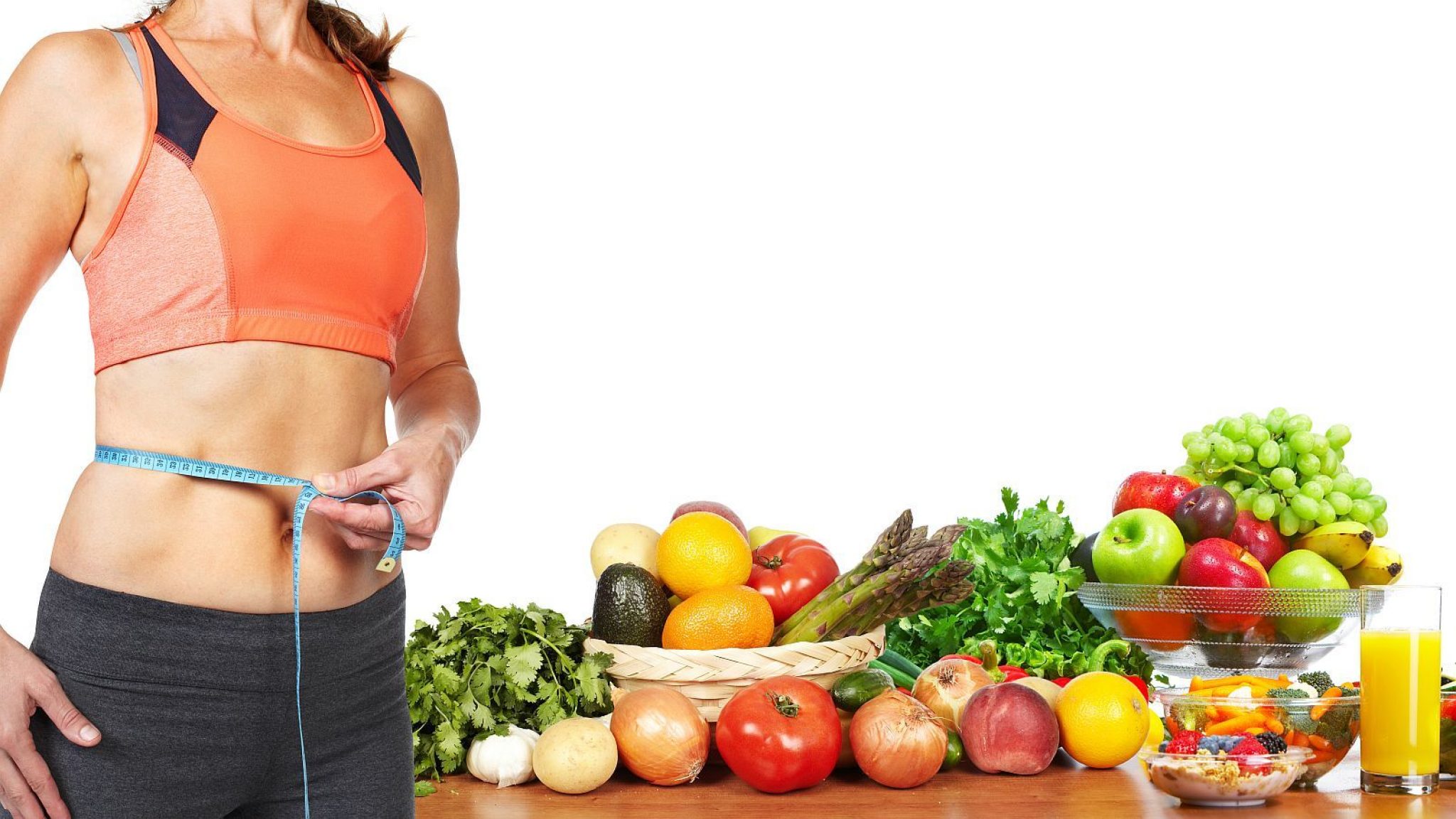Introduction:
When it comes to weight loss, the general notion is that you have to eat less in order to shed pounds. However, what if I told you that you can actually eat more food and still lose weight? That’s where the concept of calorie density comes into play. Calorie density refers to the number of calories contained in a given volume or weight of food. By understanding and incorporating calorie density principles into your diet, you can enjoy larger portions of food while still creating a calorie deficit for weight loss. In this comprehensive guide, we will delve into the concept of calorie density and provide practical tips on how to lose weight by eating more food.
Understanding Calorie Density:
Calorie density is determined by the amount of calories a food contains per unit of weight or volume. Foods with a low calorie density are lower in calories per gram, while high-calorie density foods contain more calories per gram. For example, fruits and vegetables typically have a low calorie density, as they are high in water and fiber but low in fat. On the other hand, foods like fried snacks, pastries, and fatty meats tend to have a high calorie density due to their fat and sugar content.
Why Calorie Density Matters:
Calorie density plays a crucial role in weight management because it affects the volume of food you can consume for a given amount of calories. Foods with low calorie density can help you feel full and satisfied while consuming fewer calories. On the contrary, high-calorie density foods can quickly add up in calories, leaving you feeling unsatisfied despite consuming small portions. By focusing on low-calorie density foods, you can eat more food, feel fuller, and still create a calorie deficit for weight loss.
Tips for Incorporating Calorie Density into Your Diet:
Choose Nutrient-Dense Foods:
Opt for foods that are rich in nutrients but low in calories. Fruits, vegetables, whole grains, legumes, and lean proteins are excellent examples of nutrient-dense foods. They provide essential vitamins, minerals, and fiber while keeping calorie intake in check.
Increase Fruit and Vegetable Intake:
Fruits and vegetables are incredibly low in calorie density due to their high water and fiber content. Include a variety of colorful fruits and vegetables in your meals to bulk up your plate and create a sense of fullness without consuming excess calories.
Focus on Whole Foods:
Processed foods often have a higher calorie density due to added fats, sugars, and refined carbohydrates. Opt for whole foods that are minimally processed, such as whole grains, lean proteins, and fresh produce. These foods are typically lower in calorie density and higher in nutritional value.
Be Mindful of Fats and Oils:
While healthy fats are an important part of a balanced diet, they are also high in calorie density. Be mindful of portion sizes when consuming fats and oils, such as cooking oils, butter, nuts, and seeds. Use them in moderation to enhance flavors without consuming excessive calories.
Use Cooking Techniques Wisely:
Certain cooking techniques can increase the calorie density of foods. Instead of frying or deep-frying, opt for steaming, baking, grilling, or sautéing with minimal oil. These methods help retain the natural flavors and nutrients of foods without adding excessive calories.
Increase Fiber Intake:
Fiber-rich foods, such as whole grains, legumes, fruits, and vegetables, not only contribute to a lower calorie density but also promote satiety. Aim to include fiber in each meal to keep you feeling full and satisfied for longer periods, thus reducing the urge to overeat.
Practice Portion Control:
While the focus is on eating more food, portion control is still important. Even low-calorie density foods can contribute to weight gain if consumed in excessive amounts. Pay attention to your body’s hunger and fullness cues, and practice mindful eating to avoid overeating.
Hydrate with Water:
Water has zero calories and can help increase the volume of your meals without adding any extra calories. Drink a glass of water before meals to help control portion sizes and reduce overall calorie intake.
Keep a Food Journal:
Maintaining a food journal can help you track your calorie intake, identify high-calorie density foods, and make necessary adjustments to your eating habits. This practice promotes self-awareness and can aid in achieving your weight loss goals.
Be Consistent and Patient:
Weight loss takes time and consistency. Incorporating calorie density principles into your diet is a sustainable approach, but it requires patience. Focus on long-term changes in your eating habits rather than quick fixes, and celebrate small victories along the way.
Conclusion:
By understanding and applying the concept of calorie density, you can lose weight while still eating more food. Choosing low-calorie density foods, increasing your fruit and vegetable intake, focusing on whole foods, and practicing portion control are key strategies for incorporating calorie density principles into your diet. Remember to be consistent, patient, and listen to your body’s hunger and fullness cues. With these tips, you can achieve your weight loss goals while enjoying a satisfying and nourishing diet.
- Kratom Powder By Just Kratom-Whimsical Wonders Unleashed: A Voyage Through Just Kratom’s Enchanting Kratom Powder Collection - September 19, 2023
- Where Can I Buy THC-B TINCTURES - July 22, 2023
- Calorie Density — How to Lose Weight Eating More Food - July 17, 2023

